Service hotline
+86 0755-83975897
Release date:2024-10-16Author source:KinghelmViews:1814

The electronics materials industry plays a crucial role in the development and manufacturing of various electronic devices. As technology continues to evolve, the demand for advanced materials is rising, impacting everything from consumer electronics to industrial applications. Here’s a look at the latest news and trends shaping the electronics materials sector.
The semiconductor market is experiencing unprecedented growth, with demand for materials such as silicon wafers, photoresists, and epitaxial films skyrocketing. As industries shift towards more complex and compact devices, the need for high-performance materials has never been greater. Companies are investing heavily in research and development to create materials that enhance efficiency and performance in semiconductor manufacturing.
Sustainability is a key focus in the electronics materials industry. Companies are increasingly adopting eco-friendly materials to reduce their environmental impact. Innovations such as biodegradable plastics and recyclable composites are gaining traction, driven by consumer demand for greener products. Industry leaders are setting ambitious goals for reducing carbon footprints and waste in their production processes.
Recent advancements in coatings and films are transforming the electronics materials landscape. Technologies such as nanocoatings are being used to enhance the durability and functionality of devices. These coatings provide improved resistance to scratches, moisture, and chemicals, significantly extending the lifespan of electronic products.
The rise of flexible electronics is revolutionizing the industry. Materials that allow for printed circuits and flexible displays are becoming more common, opening new avenues for innovation in wearable technology and smart devices. Companies are exploring the potential of organic materials and thin-film technologies to create lightweight and versatile products.
To stay competitive, companies in the electronics materials industry are ramping up investments in research and development. This focus on innovation is essential for developing cutting-edge materials that meet the evolving needs of the market. Collaborations between universities and industry leaders are fostering advancements that push the boundaries of what is possible in electronics.
While demand for electronic materials is on the rise, supply chain disruptions continue to pose challenges. Global events, such as the COVID-19 pandemic, have highlighted vulnerabilities in sourcing and logistics. Companies are exploring alternative supply chains and local sourcing to mitigate risks and ensure a steady supply of essential materials.
The electronics materials industry is at a pivotal point, driven by innovation and changing market demands. With the rise of advanced materials, sustainability initiatives, and flexible electronics, the sector is poised for significant growth. Staying informed about the latest trends and developments is essential for businesses and consumers alike. As technology continues to evolve, the importance of high-quality, innovative materials will only increase, shaping the future of electronics.
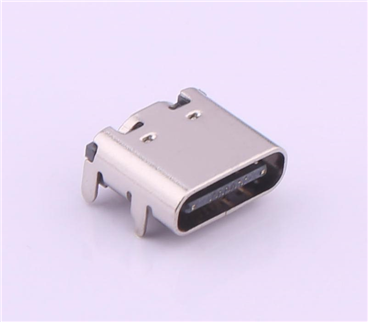
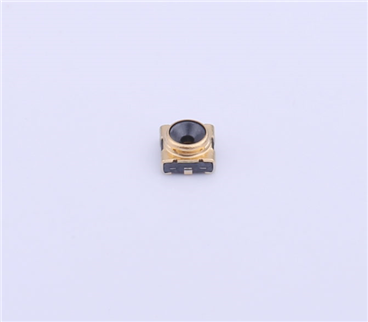
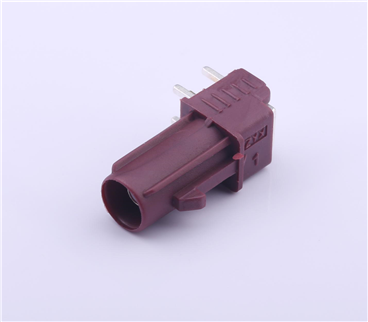
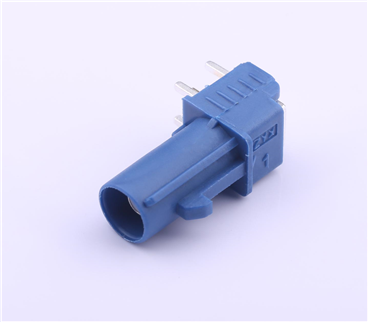


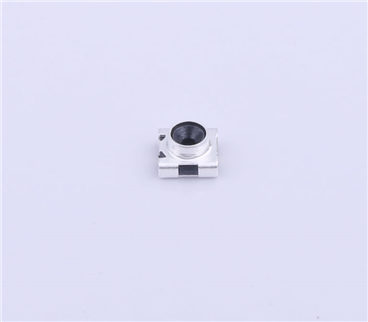
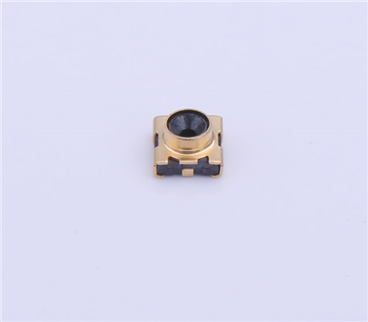
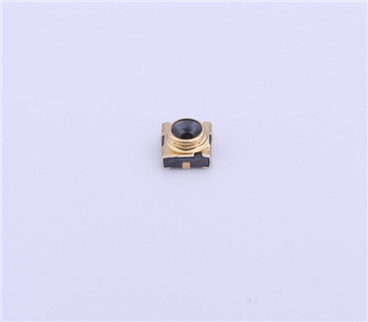

Copyright © Shenzhen Kinghelm Electronics Co., Ltd. all rights reservedYue ICP Bei No. 17113853